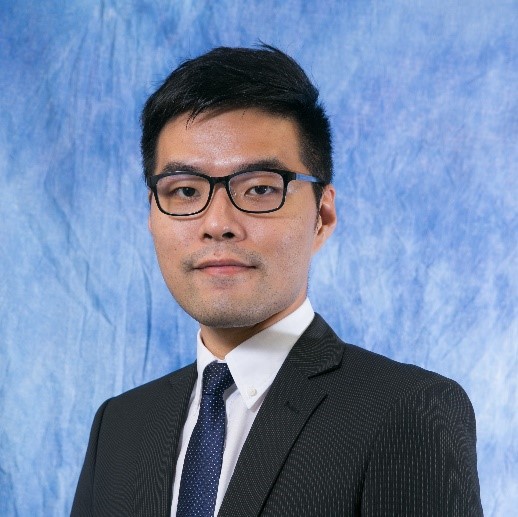报告题目:On Practicably Boosting the Processing Performance of External Graph System
报告人:杨明昌 助理教授(香港中文大学)
主持人:石亮 教授
报告时间:2022年4月12日星期二 下午14:00-15:00
报告地点:腾讯会议(会议号:400-419-997)
报告摘要:
As graphs continue to grow to have billions of vertices and edges, the attention of graph processing is shifted from in-memory graph system to external graph system. Of the two the latter offers a cost-effective option for processing large-scale graphs on a single machine by holding the enormous graph data in both memory and storage. This talk will unveil the secrets behind the external graph system, from the simple to the more complex. Particularly, this talk will first depict the essence of the external graph system and introduce some important I/O techniques that can lead to a better graph processing performance in general. Then, this talk will further explore how to practicably boost the processing performance for graph algorithms (such as Breadth-First Search (BFS) and algorithms built upon BFS) that are still notorious for their poor processing performance on the external graph system.
报告人简介:
Ming-Chang Yang is currently an Assistant Professor at the Department of Computer Science and Engineering, The Chinese University of Hong Kong. He received his B.S. degree from the Department of Computer Science at National Chiao-Tung University, Taiwan, in 2010. He received his Master and Ph.D. degrees from the Department of Computer Science and Information Engineering at National Taiwan University, Taiwan, in 2012 and 2016, respectively. Dr. Yang has published more than 60 research papers, which were mainly published in top journals (e.g., IEEE TC, IEEE TCAD, IEEE TVLSI, and ACM TECS) and top conferences (e.g., USENIX FAST, USENIX ATC, ACM/IEEE DAC, ACM/IEEE ICCAD, ACM/IEEE CODES+ISSS, ACM/IEEE EMSOFT and ACM/IEEE ISLPED). He received 2 best paper awards from top or important international conferences (including ACM/IEEE ISLPED 2020 and IEEE NVMSA 2019) and awarded TSIA PhD Student Semiconductor Award from Taiwan Semiconductor Industry Association (TSIA) in 2016 because of his research achievements on flash memory. His primary research interests include the emerging non-volatile memory and storage technologies, memory and storage systems, and the next-generation memory/storage architecture designs.
